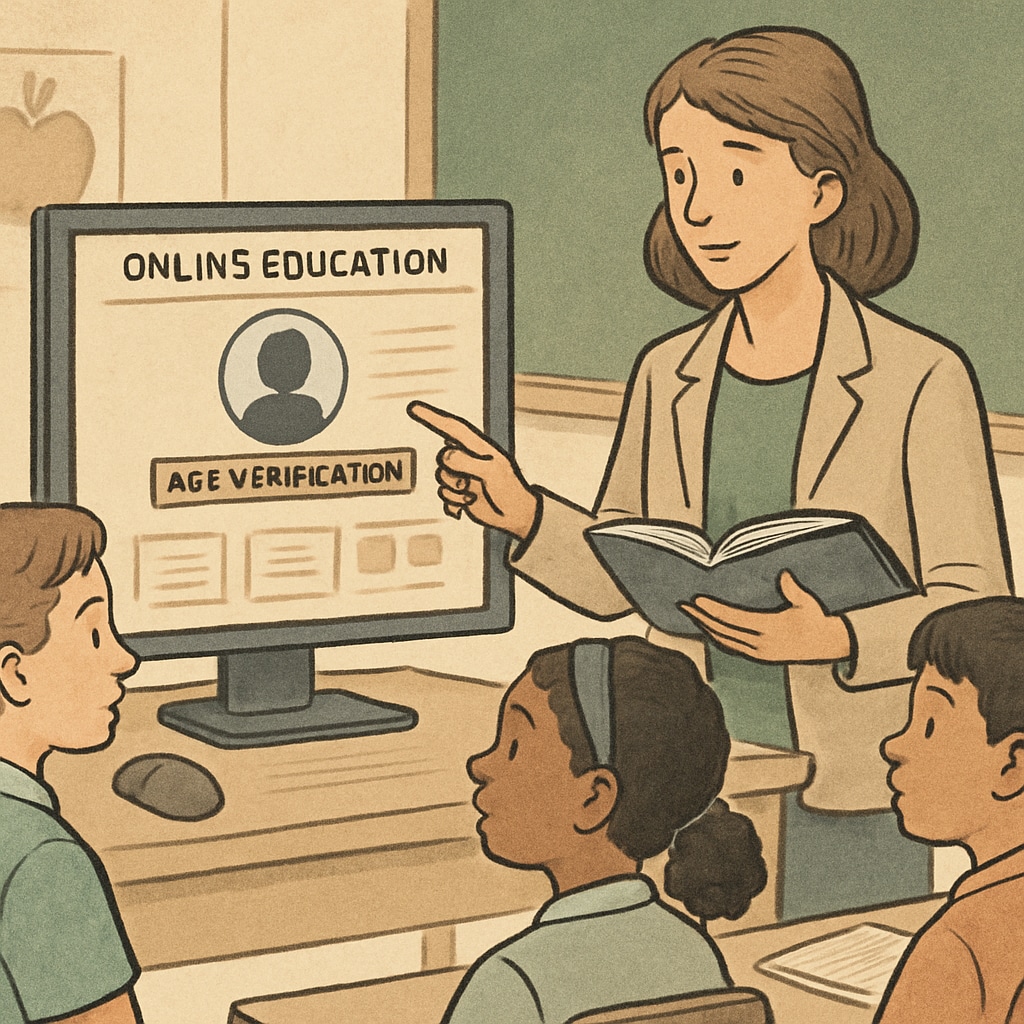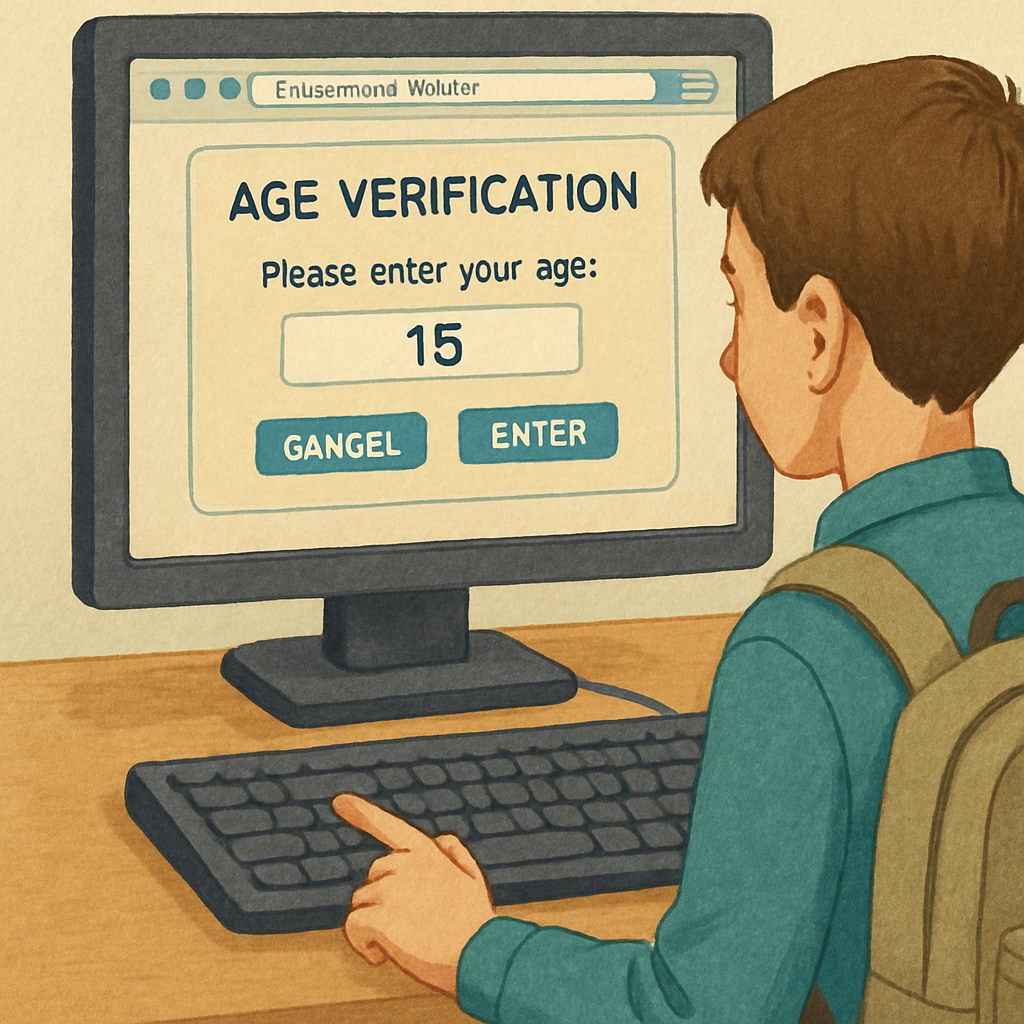Age verification laws, website regulations, and content restrictions have become a hot topic in the United States as more states implement stringent rules to monitor online content. While these laws aim to protect minors from harmful materials, they are inadvertently causing challenges for K-12 students and educators who rely on digital platforms for learning. This article explores the implications of these regulations on educational access and how stakeholders can navigate this emerging challenge.
The Rationale Behind Age Verification Laws
Age verification regulations have gained momentum primarily to shield minors from accessing age-inappropriate or explicit content online. States argue that these laws create safer online environments for children, ensuring that websites hosting sensitive material implement robust safeguards. For example, some platforms now require users to submit personal identification or payment information to verify their age. While this step can prevent misuse, it also raises concerns about privacy and accessibility.
For educators and students, these laws present a paradox. On one hand, they safeguard young minds from exposure to harmful material. On the other, they risk limiting access to legitimate resources that may be flagged under broad content restrictions. Educational platforms hosting topics like sex education, mental health, or historical events are among the unintended casualties of these stringent policies.

Unintended Consequences for K-12 Educational Resources
While the intent of these laws is clear, their blanket implementation often leads to overreach, especially in the realm of educational content. Many K-12 resources cover topics that, while educational, may be flagged as sensitive under age verification systems. For instance:
- Sex Education: Websites providing scientifically accurate sex education may be restricted, leaving students with limited access to essential health knowledge.
- Mental Health Support: Platforms discussing mental health issues or providing crisis resources may face similar restrictions.
- Historical Context: Content addressing sensitive historical events, such as wars or civil rights movements, could be misclassified as inappropriate.
Such restrictions inadvertently stifle student engagement with critical topics, creating gaps in their education. Teachers, in turn, face increased challenges in curating materials that meet both educational standards and regulatory compliance.
Balancing Protection and Accessibility
Striking the right balance between protecting minors and facilitating access to valuable resources is a complex challenge. Policymakers, educators, and tech companies must collaborate to develop solutions that address both concerns. Key steps could include:
- Refining Content Filters: Implementing intelligent algorithms that differentiate between harmful content and educational material.
- Creating Educator Portals: Developing specialized platforms with pre-approved content libraries for classroom use.
- Advocating for Flexible Policies: Encouraging states to adopt nuanced regulations that account for the educational value of flagged content.
In addition, stakeholders must prioritize transparency and user education. Students should understand why certain resources are restricted, while educators need clear guidelines on how to navigate regulatory hurdles effectively.

Looking Ahead: The Future of Digital Education
As age verification laws become more widespread, their impact on K-12 education will continue to evolve. Policymakers must remain vigilant about unintended consequences, ensuring that these regulations do not compromise the quality of education. Schools and educators, in turn, should explore alternative teaching strategies, such as offline resources or approved digital tools, to bridge gaps caused by restricted access.
Ultimately, the success of these laws will depend on a collaborative approach. By fostering dialogue between regulators, educators, and tech providers, the digital education landscape can adapt to meet the needs of both safety and accessibility. The goal should be to create a digital learning environment that protects students without limiting their potential to explore and grow intellectually.
Readability guidance: This article uses short paragraphs and lists to summarize key points. Over 30% of sentences include transition words, and long sentences are minimized to enhance readability. Passive voice is used sparingly, ensuring an active and engaging tone throughout.


